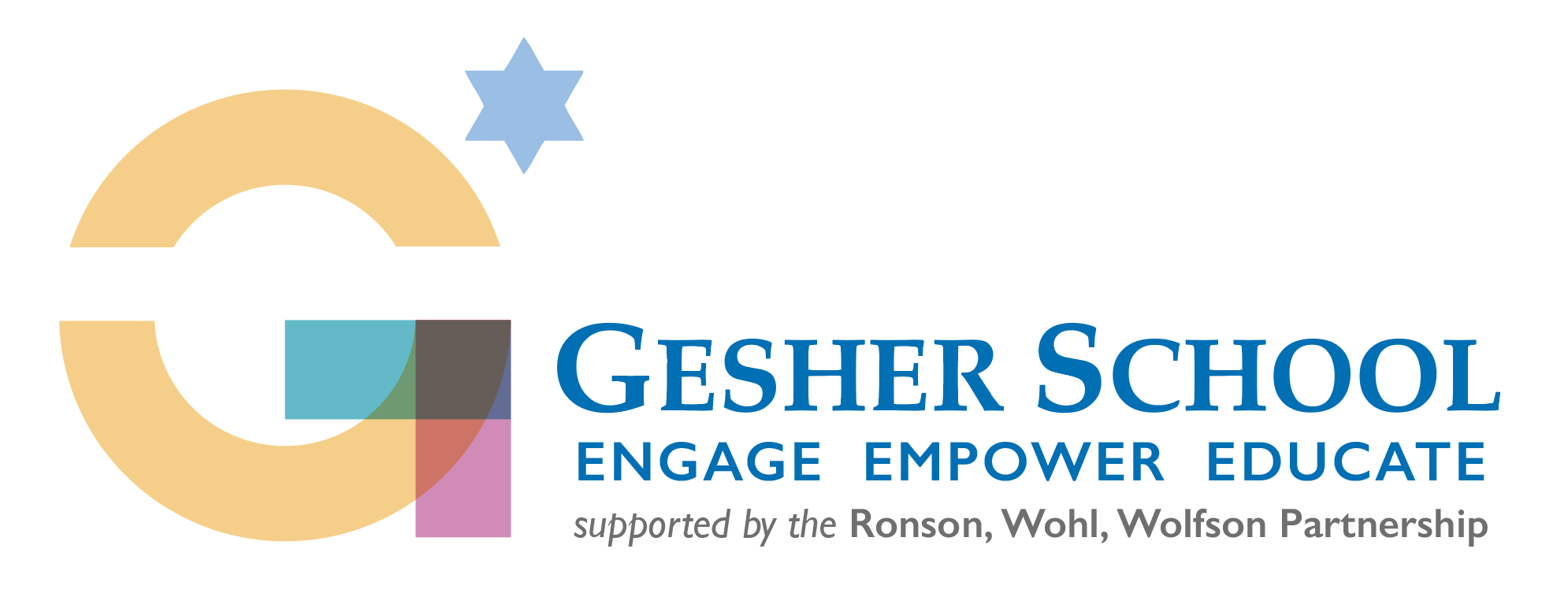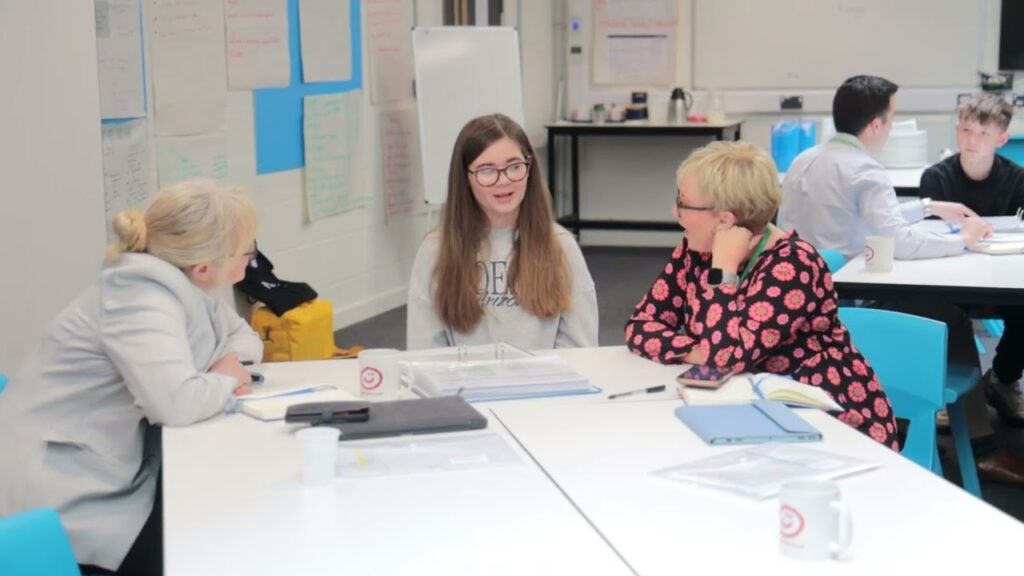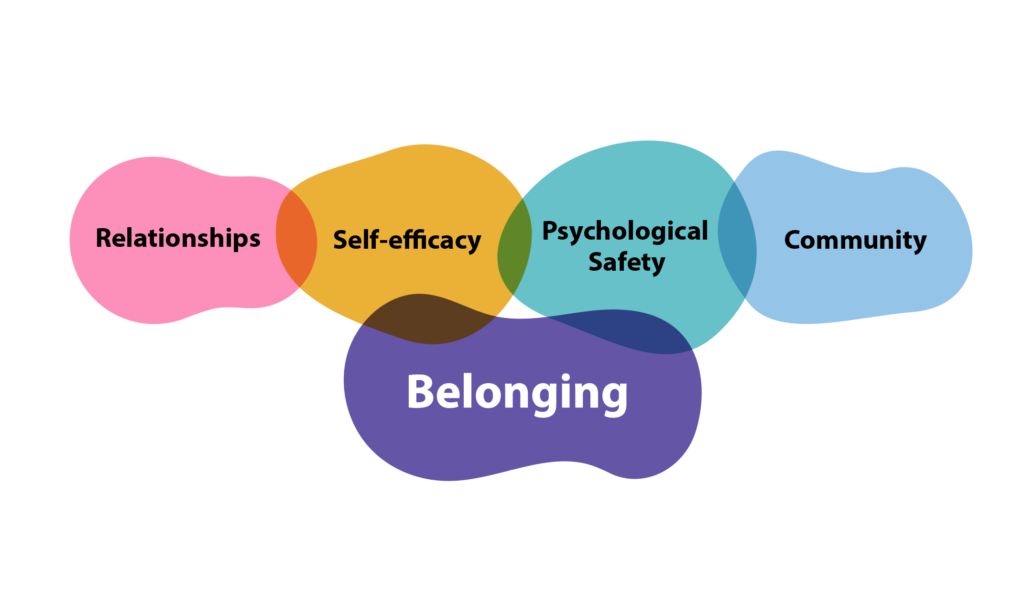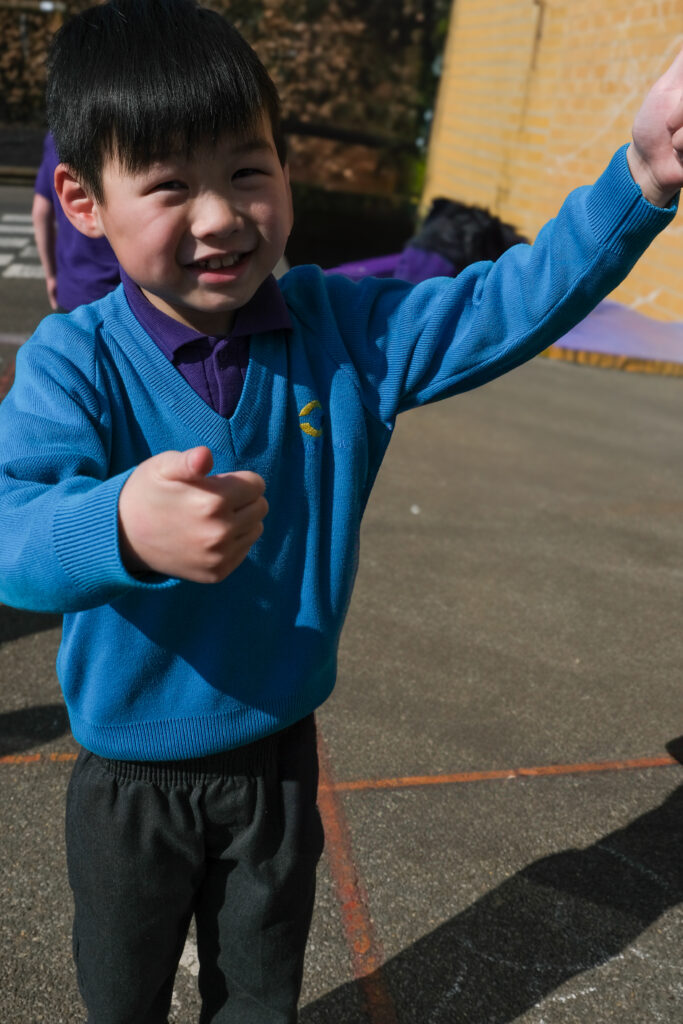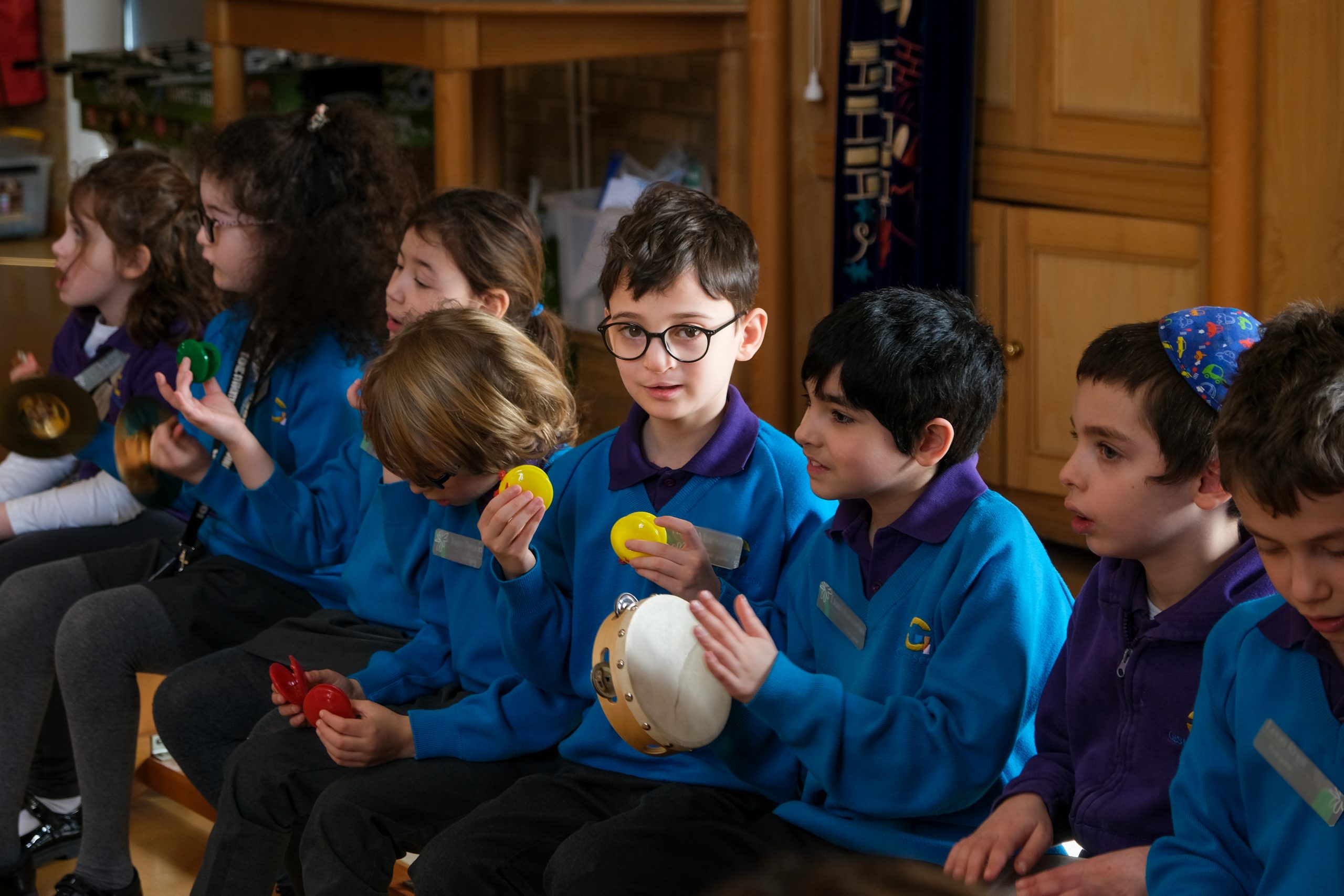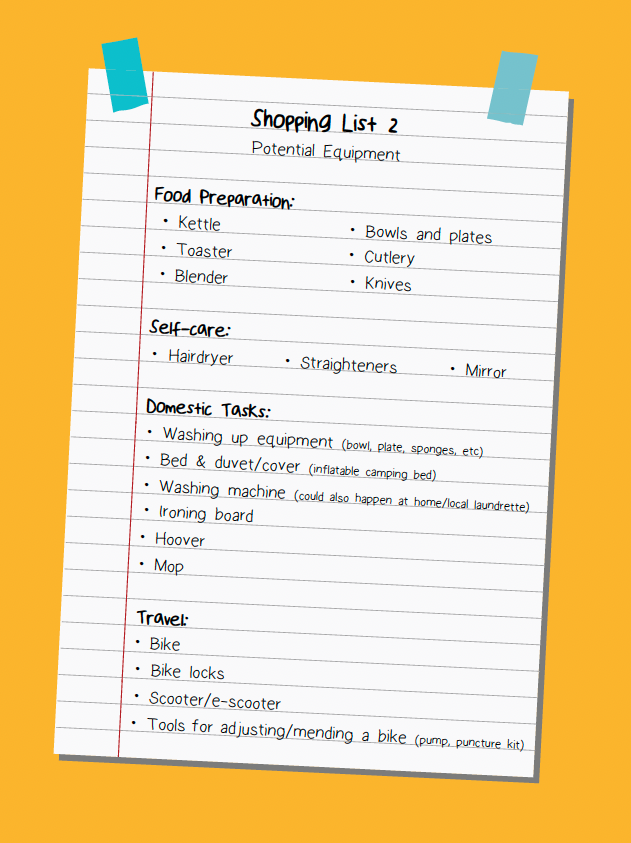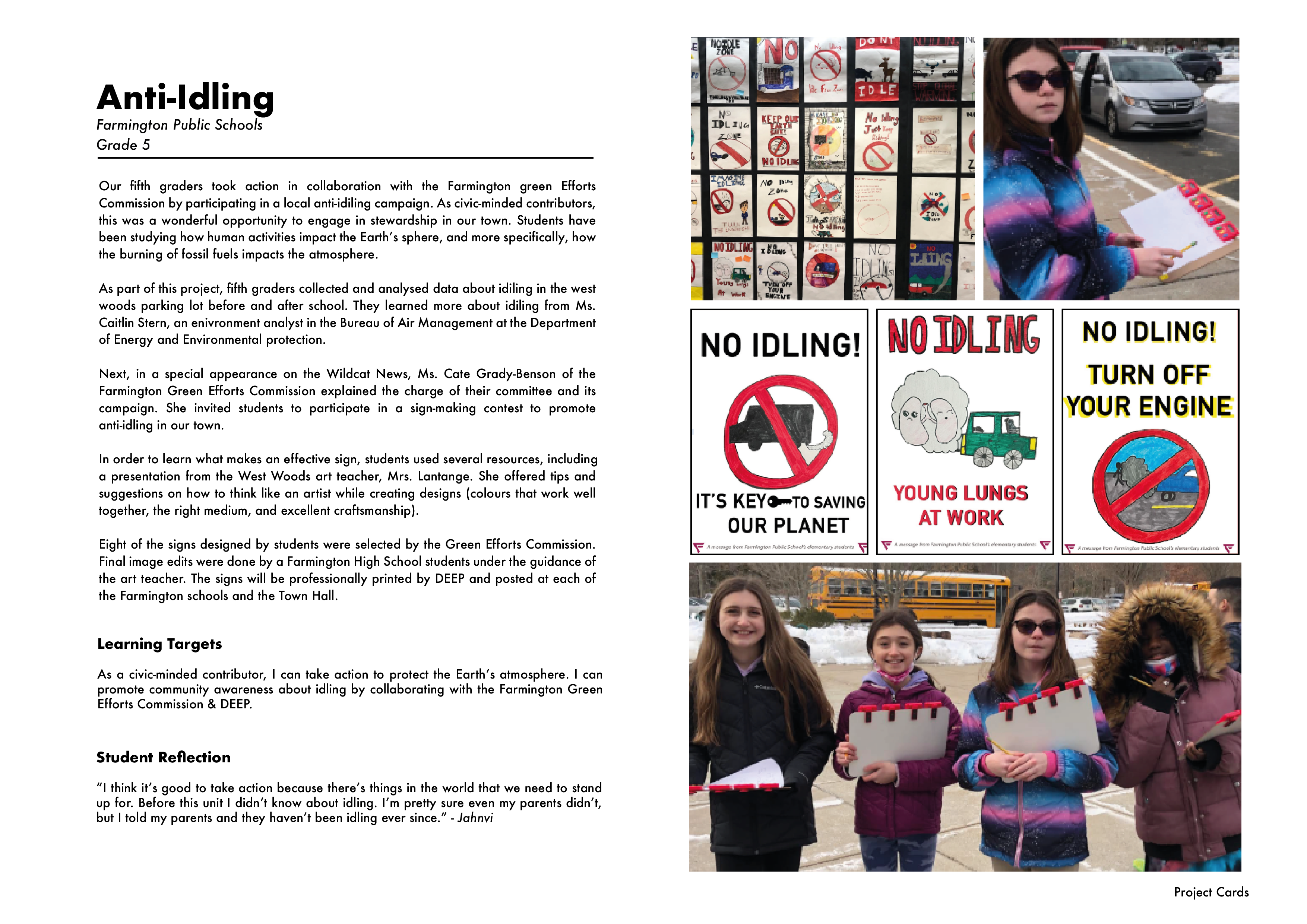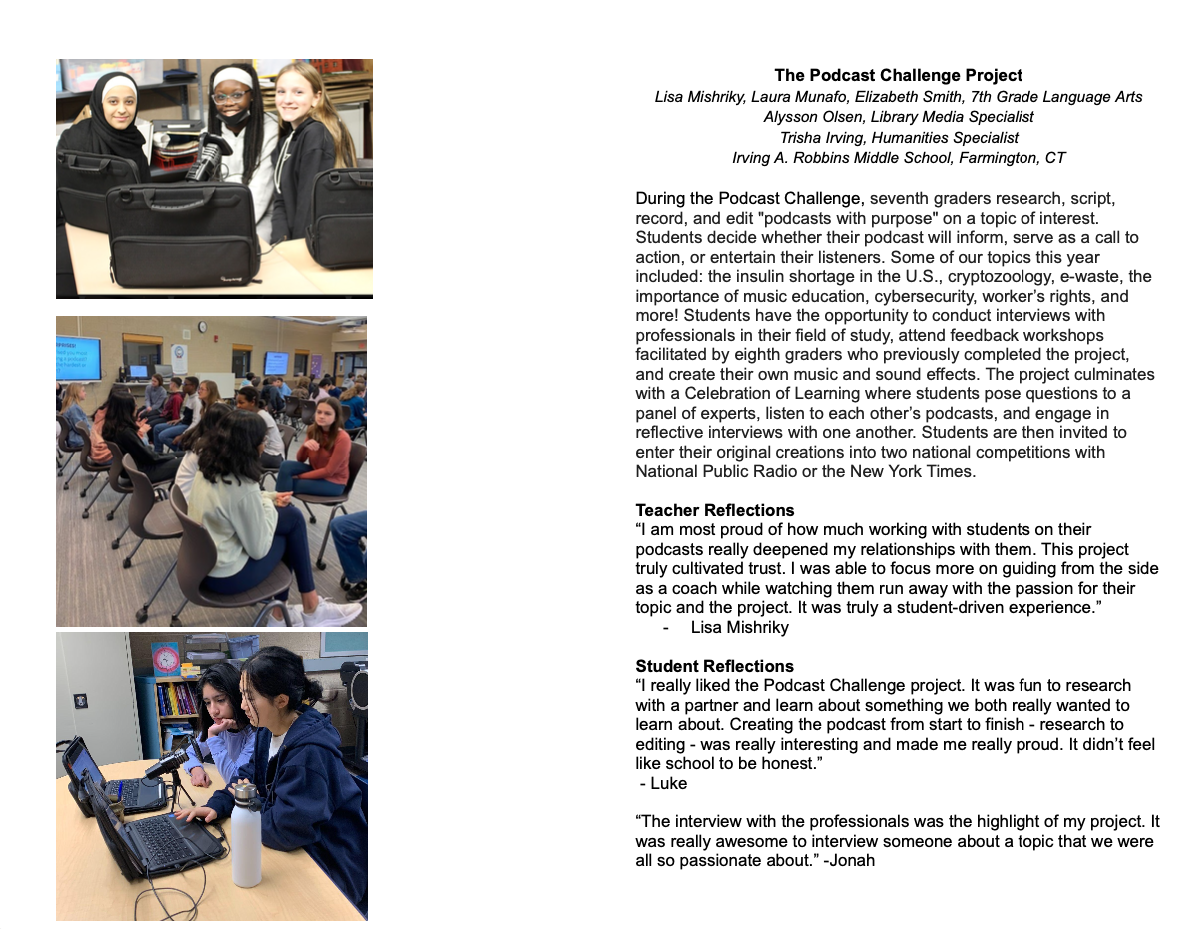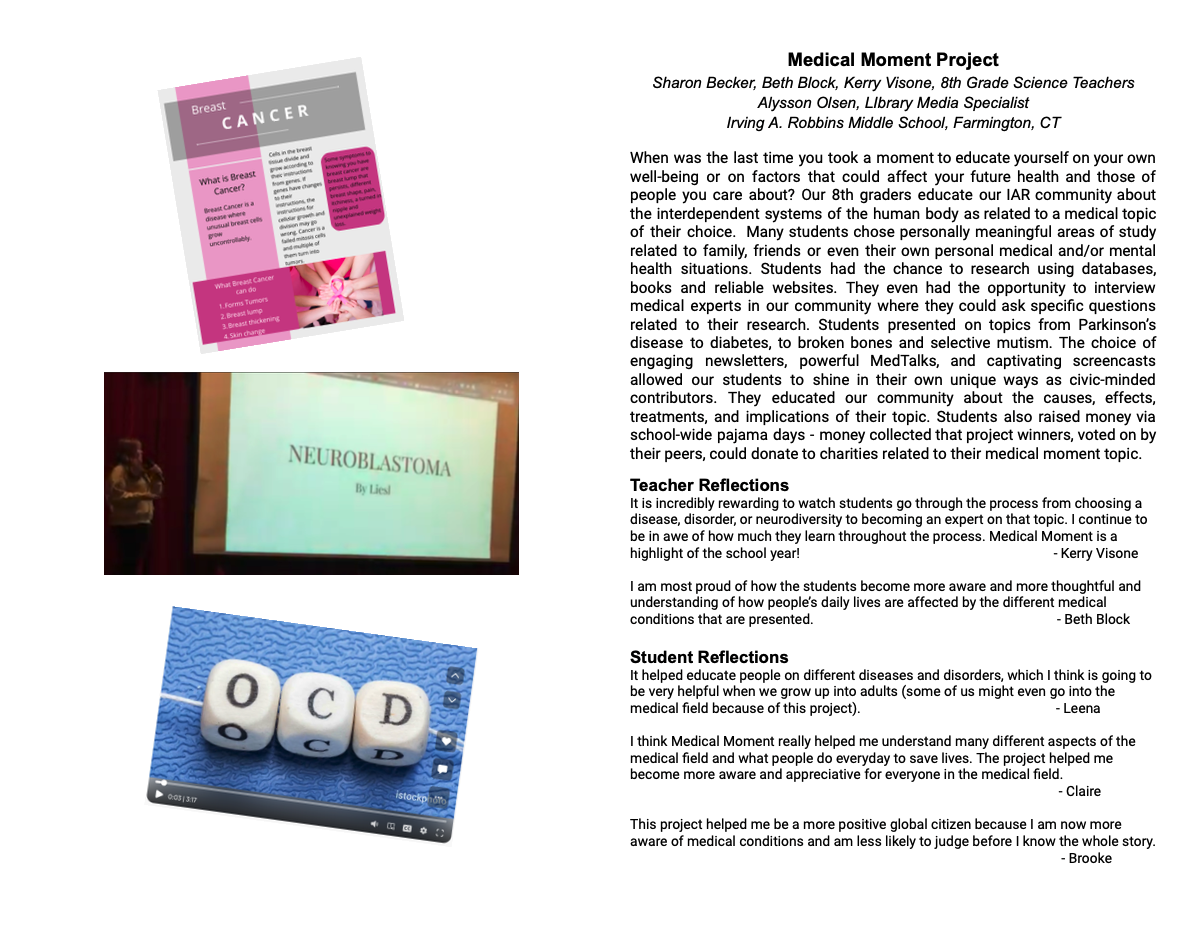Assessment for Deeper Learning: A teacher discussion group CPD resource
Kim Wynne, Kelly Sanders, and Carolyn Fink
This Resource for Teachers applies the principles of Deeper Learning to assessment. It demonstrates how assessment practices can be transformed to build trust, raise expectations and promote engagement – our three core principles for Deeper Learning.
We have created three scenarios designed to be used as discussion tools by groups of teachers. We have tried to make them age-appropriate so that they will have relevance for both primary and secondary schools in the UK. After each scenario there is an italicised paragraph that ‘unpicks’ what is going on. As a tool, you can use it with that section and discuss both the scenario and the analysis. Or, you might want to have your own discussion before reading the italicised paragraph – and then discuss both the scenario and the analysis together. Your call!
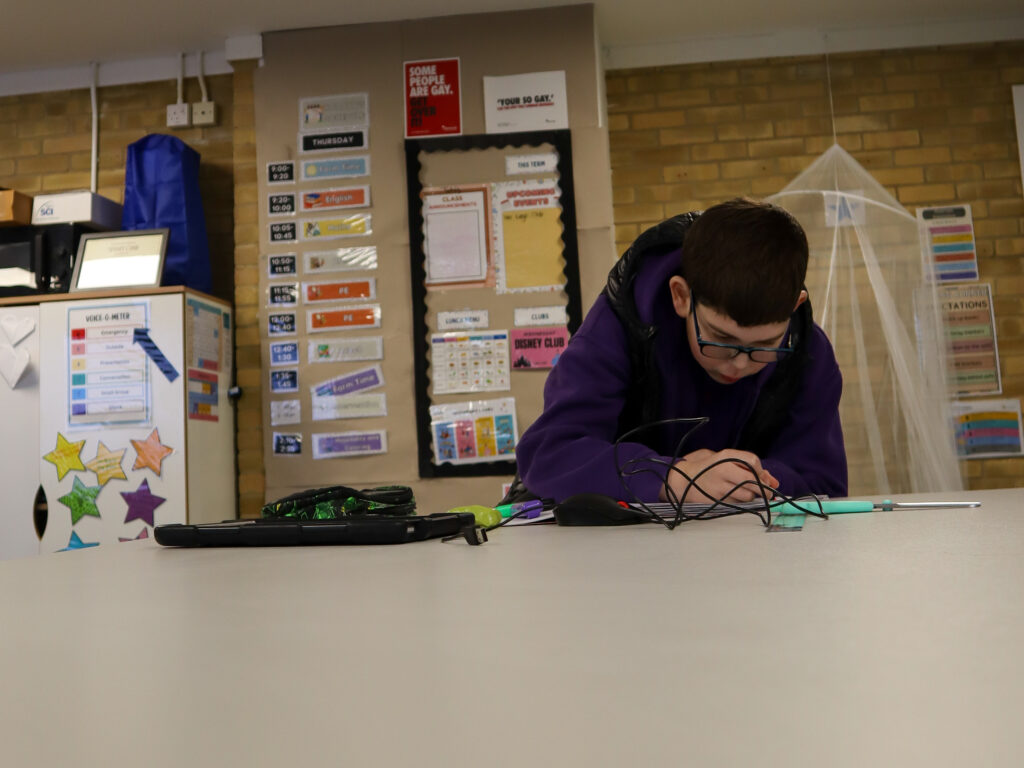
Primary Level (aged 5 to 9):
It’s reading time in Mr. Wilson’s first grade classroom. Zach enters the classroom from his decoding intervention with Mrs. Swanson. He sees his classmates are arranging themselves in partner groups in different spaces around the room. He spots his partner, Mikaela, grabs his book box, and settles down next to her. Earlier in the week, students had the opportunity to study short videos of other first graders reading aloud. From there, the class created a criteria chart of effective reading. They noticed things like ‘read all the words correctly,’ ‘fluent reading,’ and ‘know how to solve tricky words using the letters and sounds.’ Now it’s time for them to apply the co-created strategies to their own work with their partners. Zach asks Mikaela if he can go first. He pulls out his book about trains, which is a favorite topic for Zach. Mikaela asks: “What goal are you working on?” “I’m working with Mr. Wilson and Mrs. Swanson on reading all the way through words. Can you watch me and put tallies on my goal tracker when you see me doing that?” Zach will share his progress with his teachers later in the day.
In this scenario, Zach is drawing on a trusted relationship with a peer to get real-time feedback on how frequently he is using the targeted strategy, reading all the way through words. As his partner tracks his progress and gives feedback, Zach naturally adjusts his reading behaviours. In the process he also develops a deeper understanding of himself as a reader, enhancing his sense of agency in his own learning.
Middle Level (aged 10-14): There is an excited hum in Mrs. Kay’s class as her fifth graders come back from recess. They have just finished a unit on animal adaptations and biomimicry in which they explored how the form of animals’ bodies supports their adaptation and survival in the wild. During the unit, students completed independent research on animal adaptations, engaged in experiments in which they explored different adaptations, and created informational books on a chosen animal.
As a final project, they worked in collaborative groups to explore biomimicry, or the creation of new inventions inspired by the form, structures, or adaptations of animals. Working collaboratively, Cora and her group developed an idea for a crab-inspired, ocean-walking robot whose hinged legs provide stability, helping it to deftly navigate the ocean floor when investigating environmental accidents or to help in search and rescue missions. Following the engineering and design process, her team made iterative models of their invention, seeking feedback and making revisions as they went. Ultimately, they built a prototype and tested their invention. This afternoon, they will analyse their work from this unit of study in preparation for mid-year Student-Led Conferences with their families when students present their progress and next steps in academic achievement and VOGC skill development.
“Scientists, as we wrap up this unit and prepare for our Student-Led Conferences, it’s the perfect time to reflect on and document your growth using the VoGC skills and dispositions,” says Mrs. Kay. “You’ve gathered all your artefacts. Your task is to analyse and evaluate your own work, including your assessments and checks for understanding from across the unit, using the descriptors in the VoGC. Make sure to tag and document your artefacts, noting how your work matches the VoGC.” Mrs. Kay approaches Cora’s work area and asks how it’s going. “I’m looking back at the engineering model we developed for the ocean-walking robot and thinking about myself as an Engaged Collaborator.” Mrs. Kay nods and says, “What evidence are you finding in your group’s work?” “Right here in our notes from our first meetings,” she says. Cora explains that the process of designing the model was challenging, because her group mates had many conflicting ideas in the beginning. “This work shows that I am an Engaged Collaborator because, at first, no one could agree on how to design our robot. Everyone had different ideas and they got upset when other people challenged them. These notes here show how I helped to take the best parts of everyone’s ideas and help us come up with something good. I learned that I am good at finding a compromise and helping other people feel good about our work. I can’t wait to show my family this evidence and talk about how I’m doing on the VoGC dispositions.”
In this scenario, Cora and her classmates are learning how to use products of their work during a unit to demonstrate not only how they meet unit standards, but also their development of skills and dispositions necessary for lifelong learning and success. Mrs. Kay designs assessment tasks to help them analyse and unpack their individual growth within the context of their collaborative group work. She conveys the importance of this work by having them identify and articulate specific examples of where they see themselves developing these skills and dispositions that they can track in their personal learning portfolios. The Student-Led Conferences offer an authentic purpose for both understanding and advocating for themselves as learners.
High School Level (aged 15-18):
Jahmal, a senior at Farmington High School, thinks about his upcoming meeting with his Capstone advisor as he walks into school on a chilly winter morning. All FHS students complete an Aspire course or Capstone experience based on an area of interest in order to demonstrate mastery of the VoGC. Capstone is an independent inquiry project that includes research, field work, engagement with an outside expert, and some form of service to the community. “Hey, Ms. Wilton,” Jahmal says as he enters her room. “I’ve been working on my digital portfolio.” “Great,” says Ms. Wilton. “I know you are in the middle of conducting research on how executive functioning impacts learning in young children, right?” “Yup,” he answers. He shares that he’s also had several meetings with his outside expert, a second grade teacher at a nearby school where he will intern after winter break. “When I put together what I’ve learned from the research, my conversations with Mrs. Doyle, and the observations I’ve done in her class, I see how important executive functioning and self-regulation skills are for success in school and in life. No wonder it’s an interest for me,” he laughs. Ms. Wilton asks Jahmal how he is demonstrating mastery of the VoGC in his digital portfolio. “Well, researching my topic has helped me strengthen my skills as an Empowered Learner, especially in organisation.” Jahmal shows Ms. Wilton how he’s using the tools she suggested: a daily task sheet to organise his research and a note taker to document his conversations with his mentor teacher. “I’m most proud of my work as a Disciplined Thinker, because I’m applying all that I’ve learned from this experience to actually create something that will help others.” “This is impressive, Jahmal,” Ms. Wilton says. “What have you been thinking about for your service project?” He shares a website he’s started to create for parents and teachers. “It will have resources for developing executive functioning and self-regulation skills for young kids. I’ve found a lot of strategies that I think will be useful. They also would have helped me as a kid.” They go on to discuss the improvement in his fall semester grades. “Any idea why?” asks Ms. Wilton. “Definitely. I’m more excited about learning because of this project. I’ve increased my ability to focus in class and be organised. I also hand in assignments on time.” Jahmal smiles. “I’m taking the SAT test this weekend. I think I can increase my score with my improved focus and attention to detail.”
In this scenario, Jahmal not only knows himself well as a learner, but he understands his insight can be used to make decisions about his future and for making contributions to his community. He recognises that his areas of challenge are opportunities for growth. While working independently on a topic of personal interest, he is improving his academic achievement, demonstrating important life skills, and contributing to his community. Ms. Wilton acts as facilitator and coach, providing him with encouragement, tools, and just-right support through carefully posed questions that help him reflect on his progress toward achieving his goals.
We recognise that some of the more traditional forms of assessment, like national tests, are a reality in our current educational systems and therefore tell one part of a student’s academic story. But as educators, we can support our students in telling a fuller, more complete story of who they are and what they know and can do by giving them increased agency and ownership.
When students tell their own stories, they believe they are trusted to make wise choices, they internalise high expectations for themselves, and they seek engaging experiences as lifelong learners – the three principles of Deeper Learning.
When we create high trust cultures, with high expectations for all students, and highly engaging learning experiences, we help our students understand that standardized test scores and summative assessments are just data points within a larger body of collected information. Zach, Cora, and Jahmal know this. They used these data, along with the pursuit of personal interests and information about themselves as learners, to recognize both their unique strengths and areas for growth. This is what we want for all students. By shifting our assessment practices, our students will experience deeper learning and get to know themselves as learners and humans who can then go out into the world ready to make an impact.
Kim Wynne is the Assistant Superintendent for the Farmington Public Schools in Farmington, Connecticut. Kelly Sanders is a leadership consultant, who worked in Farmington for 30 years as a teacher and principal. Carolyn Fink is the Principal at West District Elementary School in Farmington. Kim, Kelly and Carolyn have worked together for over 25 years, collaborating while working in a variety of different roles across the district. You can learn more about the Farmington Public Schools, including their Vision of the Global Citizen and Framework for Teaching and Learning at fpsct.org.
